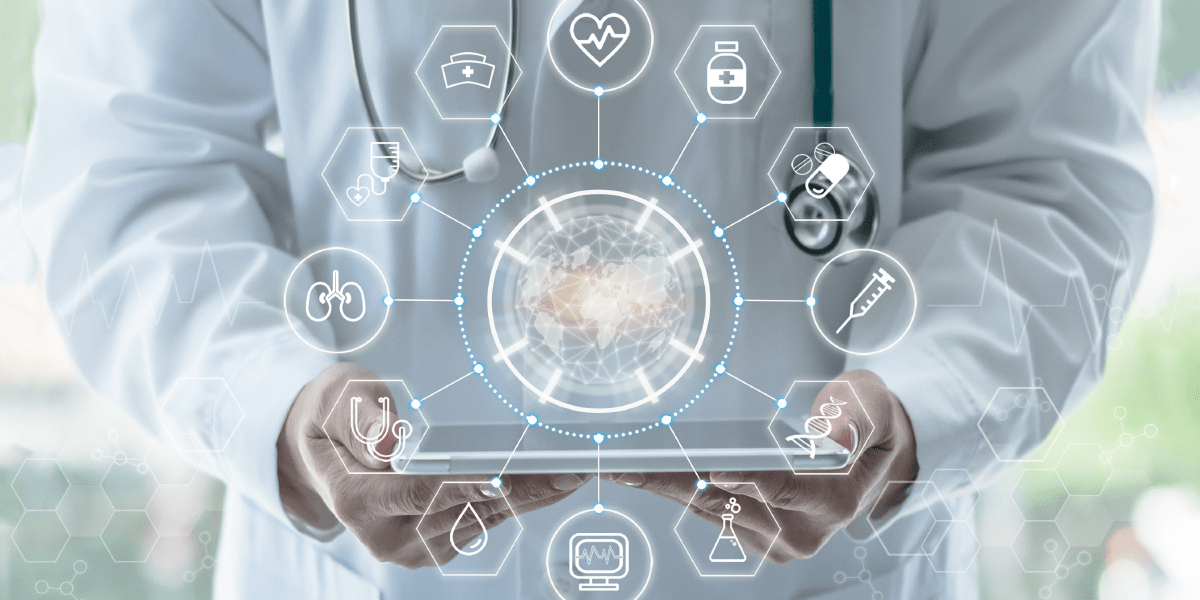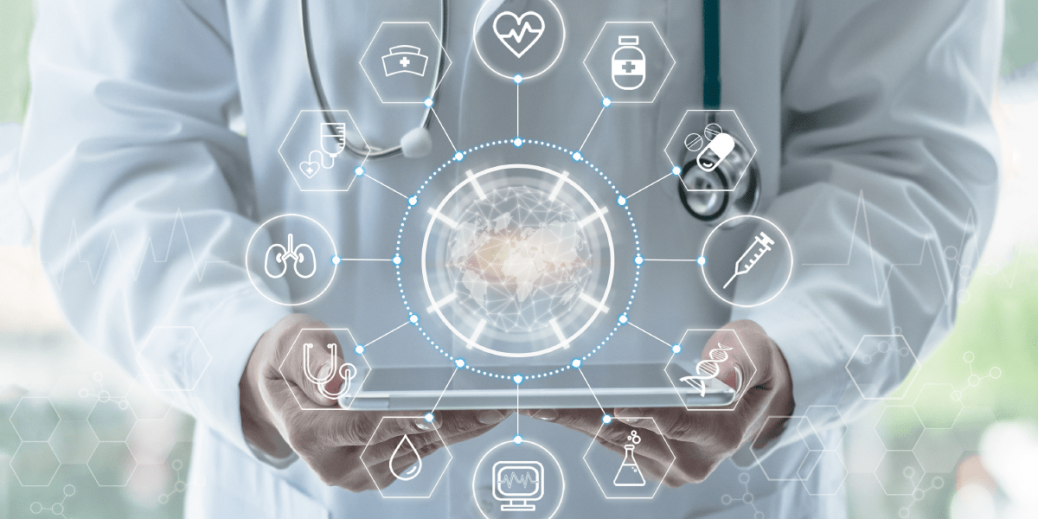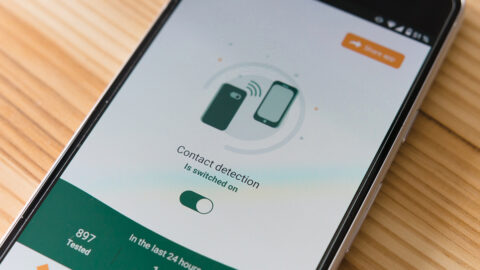
These identification and data capture standards work alongside others for information sharing, including master data, business transaction data, physical event data, and communication standards for sharing information among applications and partners. Phygital information must meet a wide range of needs, including regulatory compliance, consumer and patient engagement protections, and supply chain and trading partner requirements, such as procurement, production, marketing, and ESG reporting.
Regulation is an important industry driver: chain of custody and authentication of products and trading partners are vital for safe, secure supply chains. “Governments and regulatory agencies have leveraged the pervasiveness of standards adoption to further global goals of food, product, and consumer safety,” says Siobhan O’Bara, senior vice president of community engagement for GS1 US, a member of GS1, a global not-for-profit supply chain standards organization.
New developments in standards across industries
Global standards and unique identifiers are not only driving today’s supply chain evolution, but they also allow for robust use cases across a wide variety of industries. Here are a few examples to consider.
Healthcare: Today’s healthcare organizations are under pressure to improve patient outcomes, prevent errors, and control costs. Identification systems can help by empowering patients with information that help them follow medical protocols.
“We know in healthcare that a critical part of our world is not only whether people have access to healthcare but whether they follow their clinical instructions,” says O’Bara.
O’Bara offers the example of a home nebulizer, a device used to deliver medicine to improve respiratory symptoms. By equipping a nebulizer with an RFID chip, she says, “a patient can keep track of whether they are following the prescribed treatment. For instance, if there’s a filter with that nebulizer, when it gets locked into the device, the chip sends a signal, and the nebulizer can display for the patient at the correct time that the filter has been consumed. This mechanism can also convey to healthcare practitioners whether the patient is following the protocol properly.” The result is not only a lower risk of patient miscommunication but improved patient care.
Retail: Data about an item’s origins can prevent business losses and enhance public safety. For example, a grocery store that has a product recall on spinach due to a bacterial outbreak must be able to trace the origin of batches, or must destroy its entire inventory. A unique identifier can improve the speed, accuracy, and traceability of recalls for public safety, precision, and cost effectiveness.
Consumer goods: A 2D barcode on a bottle of hand lotion can reveal a vast amount of data for consumers, including its origin, ingredients, organic certification, and packaging materials. For industry, unique identifications can tell warehouse workers where a product is located, inform distributors whether a product contains potentially dangerous ingredients, and warn retailers if a product has age restrictions. “Data delivers value in all directions of the supply chain,” says O’Bara. “Data standards are the only way to accurately and consistently—with confidence—obtain and rely on these data points to complete your business operations,” she says.







Recent Comments